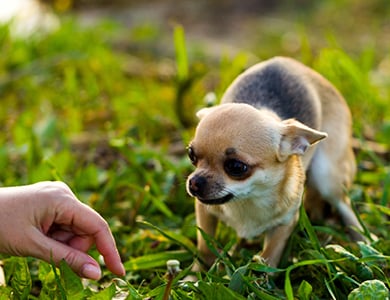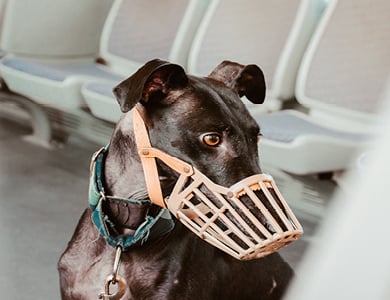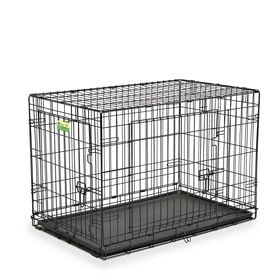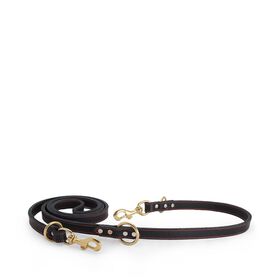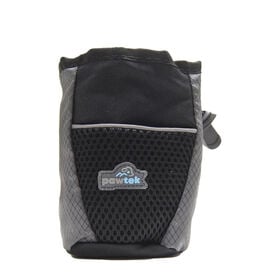Dogs are generally sociable with humans and easy to approach. Some dogs, however, can develop an uncontrollable fear of strangers. How do they develop a preference for people in their immediate environment? Read on to learn more about social phobia in dogs.
Social phobia
If your dog fails to demonstrate normal social behaviour with new people, it may have a social phobia. Social phobias can arise at any age, but more commonly between 12 and 36 months, a pivotal period in the development of your dog’s social maturity.
Your dog may have a social phobia of specific characteristics of the new people it meets (e.g., age, sex, appearance). The dog’s environment can also be a determining factor. That’s why it’s important to identify what might be triggering your dog’s reaction.
Symptoms of social phobia
Symptoms vary considerably according to your dog’s personality and general behaviour, and its ability to manage its emotions. Some possible symptoms include:
- Avoidance of strangers
- Uncontrollable shaking
- Excessive salivation
- Sudden agitation (the dog might run around, or even pounce on a stranger)
- Barking at the person
- Growling or showing other warning signs (e.g., baring its teeth, staring intently)
- Pupil dilation (a sign that can be difficult to detect)
It’s not always easy to diagnose a dog with a social phobia because the same symptoms can be associated with another disorder. It is therefore critical to consult a behaviour veterinarian or a reliable trainer recommended by your veterinarian to accurately interpret your dog’s symptoms.
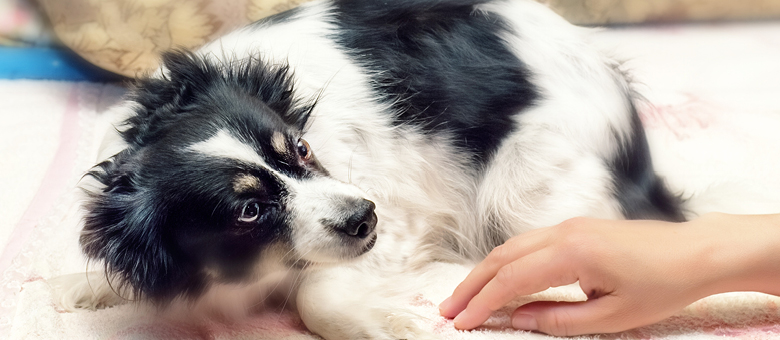
Why does your dog act this way?
If you don’t know your dog’s history or parents, it’s difficult to determine the exact source of the animal’s fear of strangers. Some possible causes include:
- The parents’ genetics
- An unsuitable environment during the puppy’s development
- Poor social development (during the first year of the dog’s life)
- A gap in the dog’s socialization (usually between 8 and 16 weeks)
- A past experience that created a negative impact
It’s important not to draw hasty conclusions with regard to social phobia, since puppies between 16 and 26 weeks experience a period of fear that is considered normal.
How to help your dog
The following are suggestions for helping your dog manage its uncontrollable fear.
- Avoid risky situations: if you are unable to manage your dog, avoid contact with strangers.
- Find a protocol that will help your dog learn to manage its social phobia, with the help of a trainer or a veterinarian.
- Protect your dog and strangers. Using a muzzle harness is an ideal way to ensure that people respect your dog’s personal space.
- Avoid using physical or verbal punishment, which will only intensify your dog’s reactions.
- Use a cage, a gate or a room to create a safe space for your dog.
- Comfort your dog by petting, talking to or holding it. It’s important to understand that fear is an emotion, and that you’re not encouraging undesirable behaviour by comforting your dog.
- Try natural products that contain ingredients such as L-theanine or alpha-casozepine to reduce stress.
- Promote new learning, such as teaching your dog to remain calm on its pillow or to look at you when it sees a stranger.
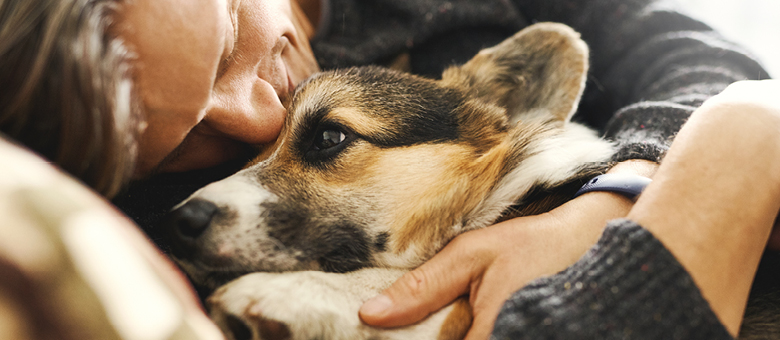
Good luck with your pup, it’s going to be ok !


